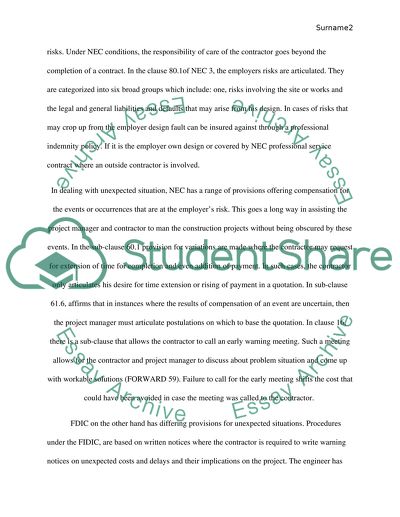Cite this document
(Conditions of Work for Civil Engineering Construction Assignment, n.d.)
Conditions of Work for Civil Engineering Construction Assignment. Retrieved from https://studentshare.org/engineering-and-construction/1583965-construction-contract
Conditions of Work for Civil Engineering Construction Assignment. Retrieved from https://studentshare.org/engineering-and-construction/1583965-construction-contract
(Conditions of Work for Civil Engineering Construction Assignment)
Conditions of Work for Civil Engineering Construction Assignment. https://studentshare.org/engineering-and-construction/1583965-construction-contract.
Conditions of Work for Civil Engineering Construction Assignment. https://studentshare.org/engineering-and-construction/1583965-construction-contract.
“Conditions of Work for Civil Engineering Construction Assignment”, n.d. https://studentshare.org/engineering-and-construction/1583965-construction-contract.


